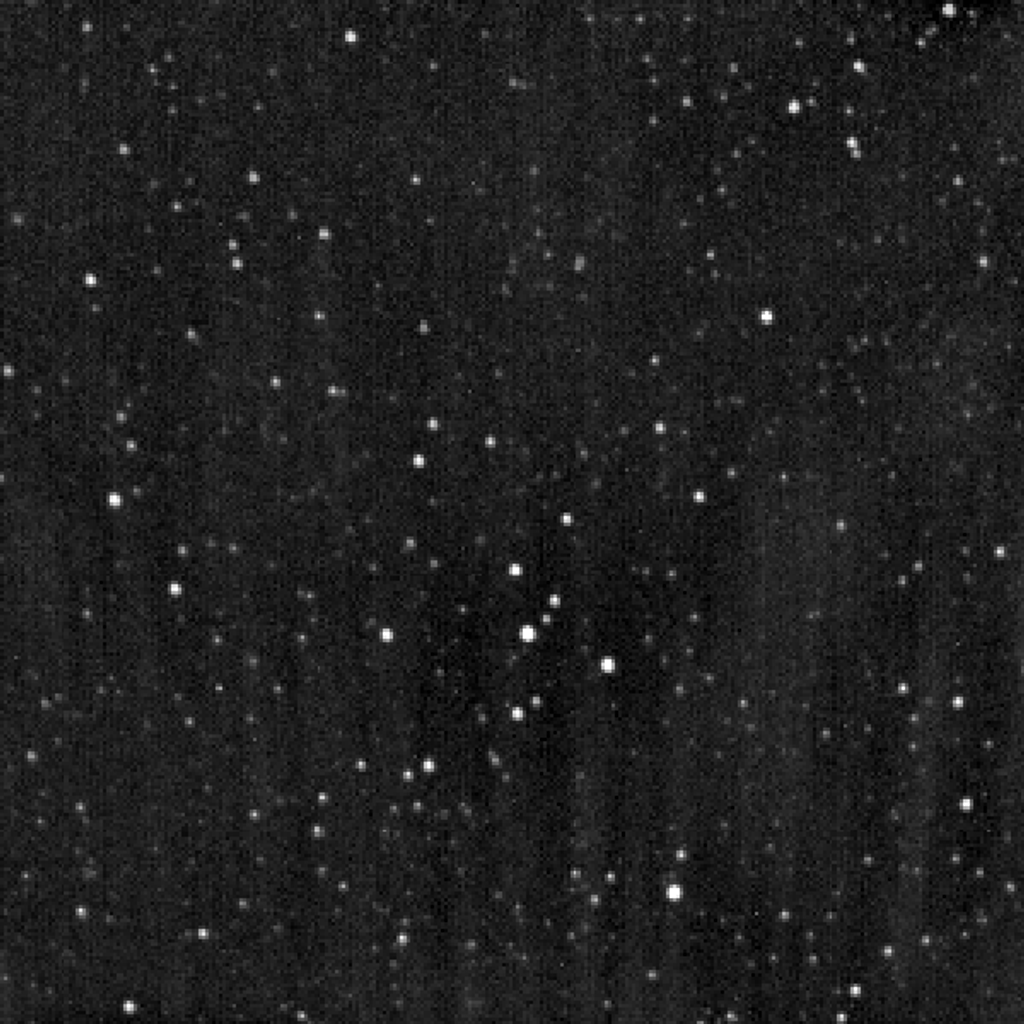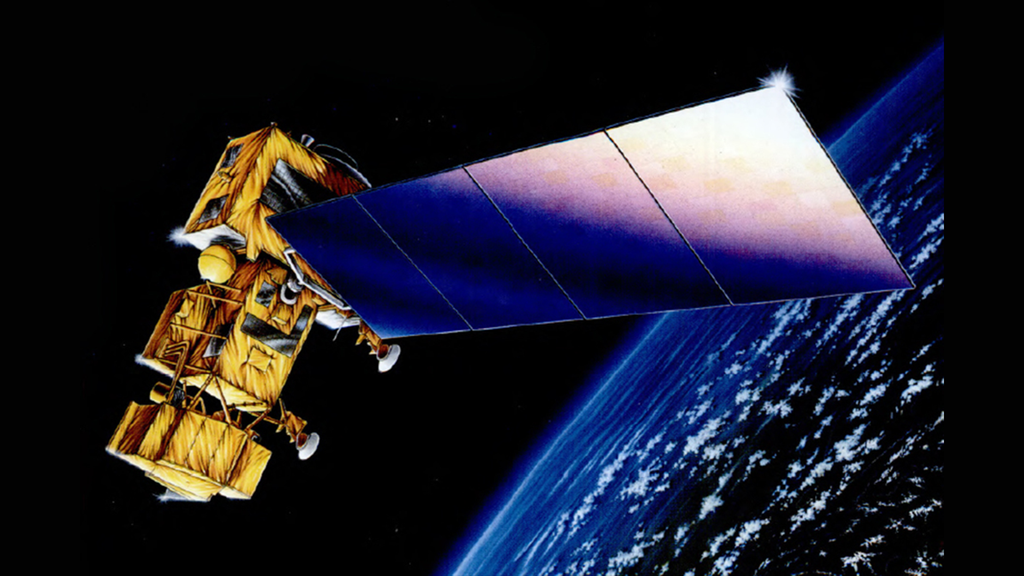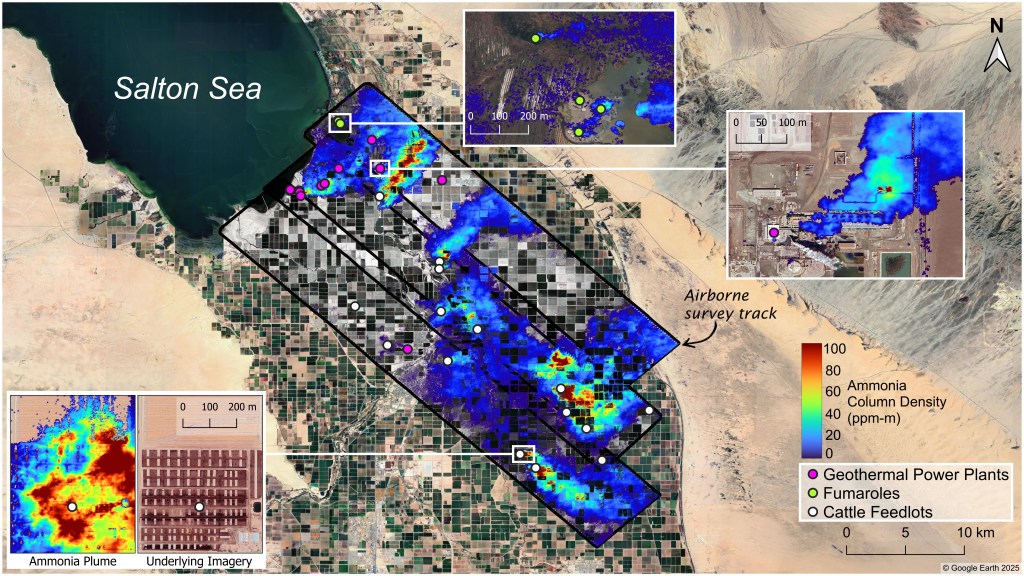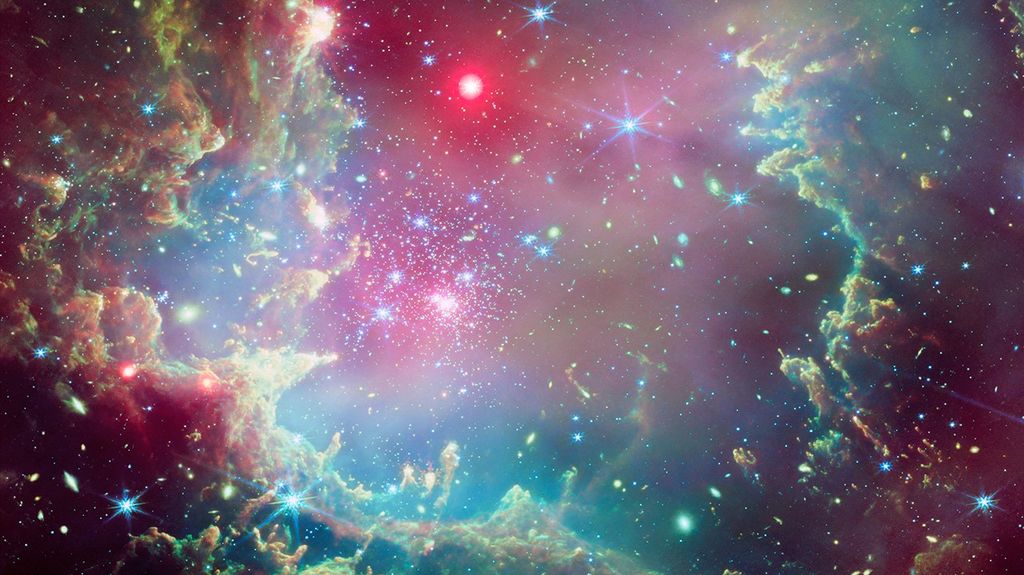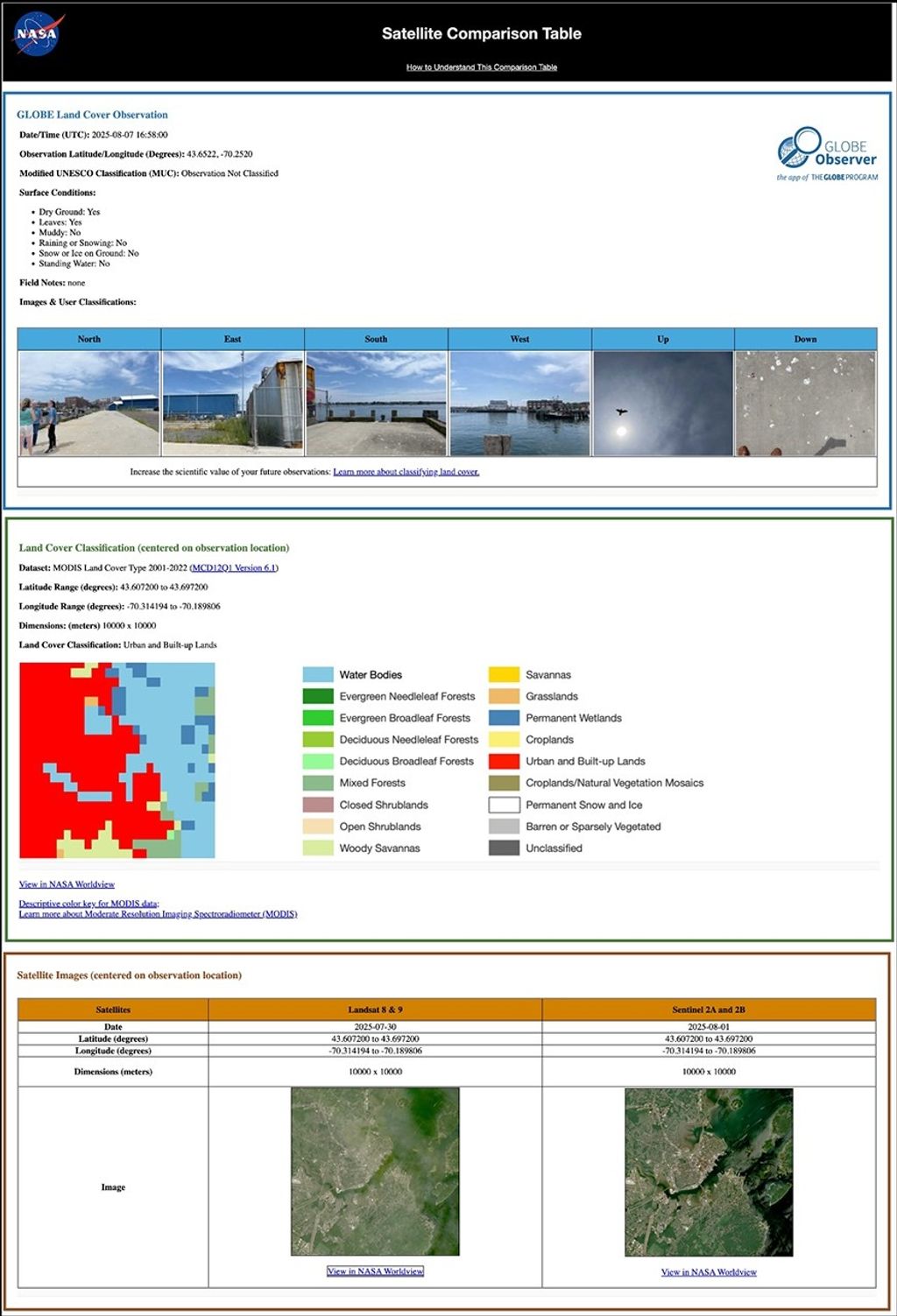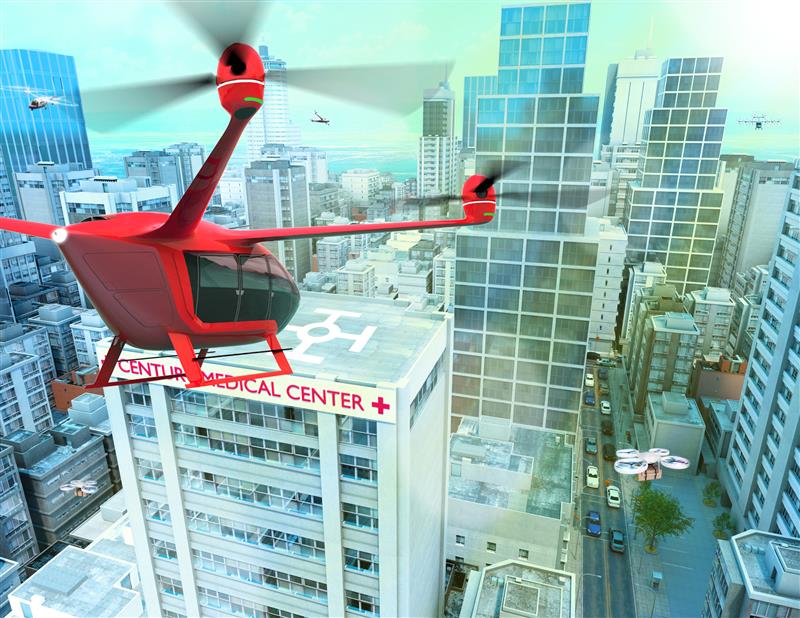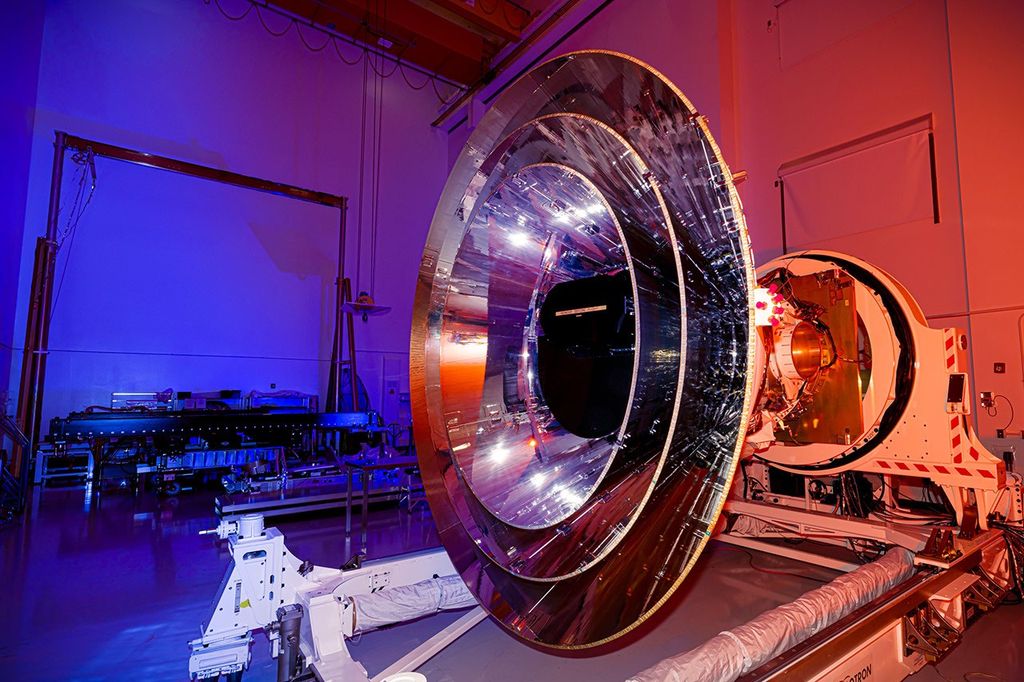1 min read
Hubble Views Bright Outburst Far from Galaxies (Compass Image)

Image titled "AT2023fhn HST WFC3/UVIS" with color key, scale bar and compass arrows shows three galaxies against the velvet-black backdrop of space. The largest is the white and blue spiral-shaped galaxy at image center. Two smaller galaxies are whitish patches toward the left. A curious white spot with red pointers near the top of the image is the brilliant glow from some unknown object that exploded, but is not associated with any of the galaxies.
About the Object
- R.A. PositionR.A. PositionRight ascension – analogous to longitude – is one component of an object's position.10:08:03.82
- Dec. PositionDec. PositionDeclination – analogous to latitude – is one component of an object's position.+21:04:26.95
- ConstellationConstellationOne of 88 recognized regions of the celestial sphere in which the object appears.Leo
- DimensionsDimensionsThe physical size of the object or the apparent angle it subtends on the sky.Image is about 26 arcseconds across
About the Data
- Data DescriptionData DescriptionProposal: A description of the observations, their scientific justification, and the links to the data available in the science archive.
Science Team: The astronomers who planned the observations and analyzed the data. "PI" refers to the Principal Investigator.This image was created with Hubble data from proposal: 17238 (A. Chrimes)
- InstrumentInstrumentThe science instrument used to produce the data.WFC3/UVIS
- Exposure DatesExposure DatesThe date(s) that the telescope made its observations and the total exposure time.17 May 2023
- FiltersFiltersThe camera filters that were used in the science observations.F555W V
- Object NameObject NameA name or catalog number that astronomers use to identify an astronomical object.AT2023fhn
- Object DescriptionObject DescriptionThe type of astronomical object.Luminous Fast Blue Optical Transient (LFBOT)
- Release DateOctober 5, 2023
- Science ReleaseNASA’s Hubble Finds Bizarre Explosion in Unexpected Place
- CreditNASA, ESA, STScI, Ashley Chrimes (ESA-ESTEC/Radboud University)

This image was acquired by the WFC3 instrument on the Hubble Space Telescope. The color results from assigning a blue hue to a monochromatic (grayscale) image.
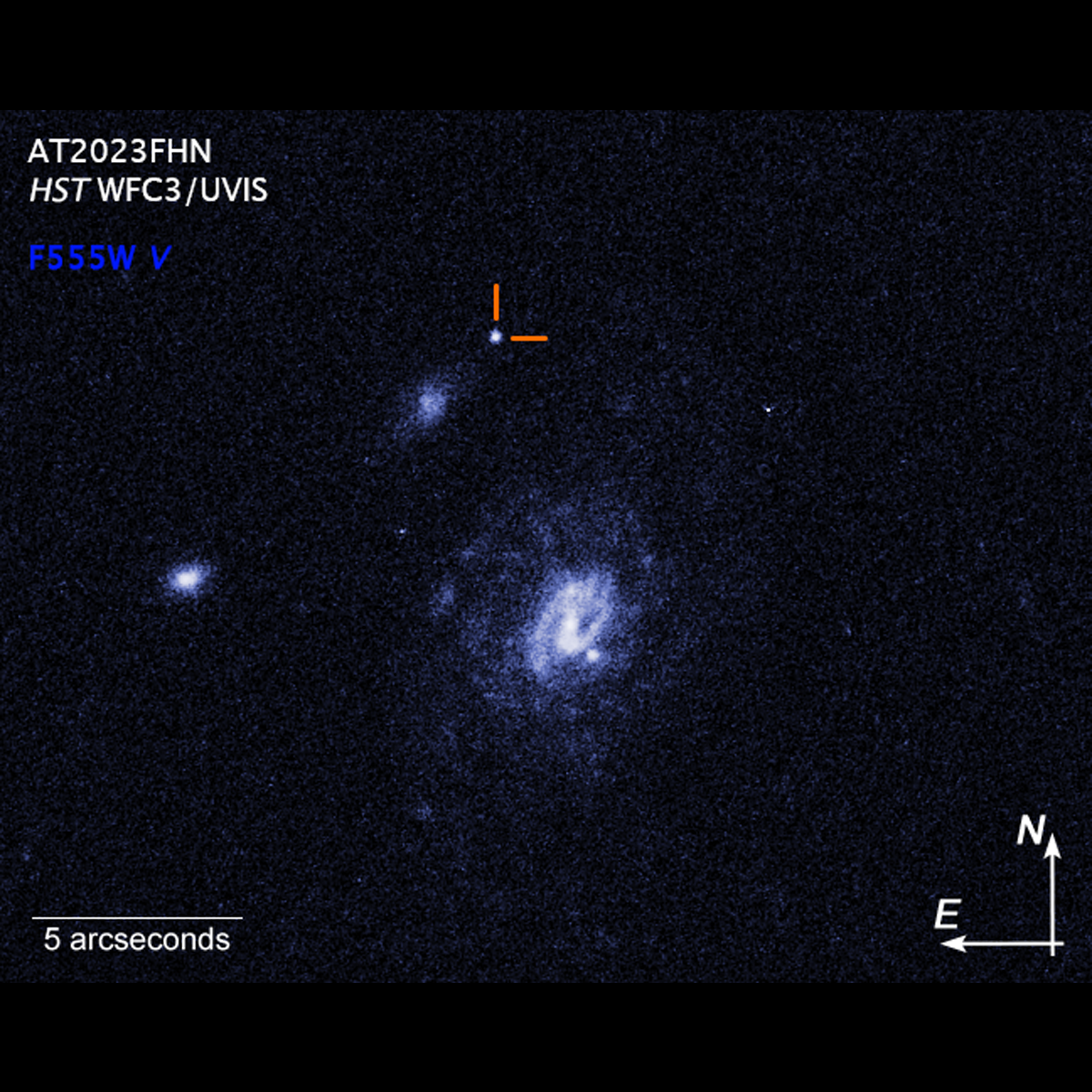
Related Images & Videos

Luminous Fast Blue Optical Transient (Artist's Concept)
This is an artist's concept of one of brightest explosions ever seen in space. Called a Luminous Fast Blue Optical Transient (LFBOT), it shines intensely in blue light and evolves rapidly, reaching peak brightness and fading again in a matter of days, unlike supernovae which...

Hubble Views Bright Outburst Far from Galaxies
A Hubble Space Telescope image of a Luminous Fast Blue Optical Transient (LFBOT) designated AT2023fhn, indicated by pointers. It shines intensely in blue light and evolves rapidly, reaching peak brightness and fading again in a matter of days, unlike supernovae which take weeks...
Share
Details
Claire Andreoli
NASA’s Goddard Space Flight Center
Greenbelt, Maryland
claire.andreoli@nasa.gov






